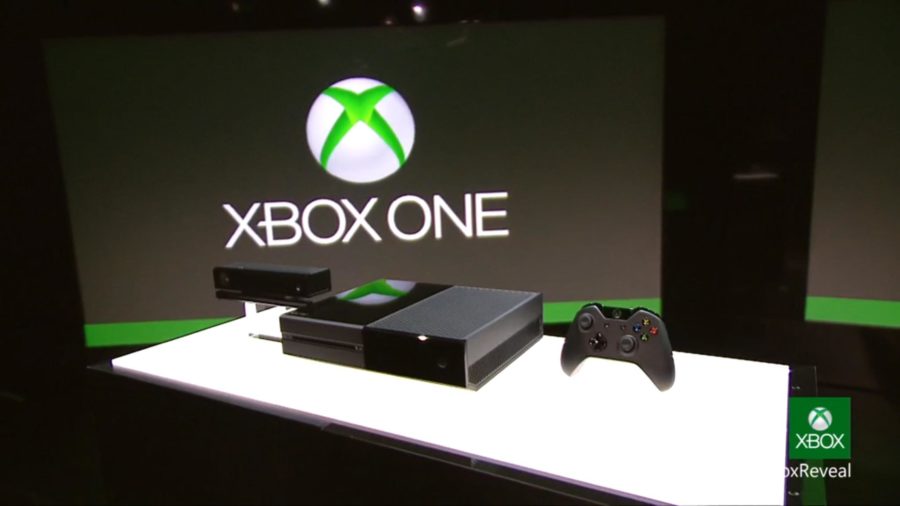After the less-than-smooth May 21 reveal of Microsoft’s next-gen gaming console, the Xbox One, gamers went from being excited to confused and angry at the accompanying policies. What people still aren’t aware of is that most of these policies have disappeared following the backlash of the thoughts and opinions left by fans that felt betrayed by the company.
In an interview with Eurogamer Head of Microsoft Studios Phil Spencer said, “We built a platform for gamers. Gamers invest their time and their money in the things they want to play, and they’re going to invest their time in telling us what they love about the platform, and they’re giving us feedback on areas where they have more critical feedback.”
Let’s look at all the changes that have been made to better understand what the Xbox One will be when it launches in Nov. 22.
The Xbox One will no longer require an Internet connection to work. Previously, the console needed a mandatory connection every 24 hours or it would become a paperweight. With not everyone having a reliable internet connection at home, fans didn’t react so well to this requirement.
Along with that change rolled the reversal of the Xbox One’s Digital Rights Management policies. Used games were restricted and the Xbox would have only accepted new games, with the exception of some rather confusing rules Microsoft put in place that weren’t explained very thoroughly. Nonetheless, it doesn’t matter since the Xbox One now works just like the Xbox 360, accepting any kind of game, new or used.
Unlike the Xbox 360, Microsoft announced that the Xbox One was not going to come with a headset, which is a form of communication for gamers to be able to talk to each other through a microphone that connects to the controller. It could be purchased separately for $25, but with yet another backlash from unsettled fans, Microsoft decided it would be best to include the headset instead with every Xbox One.
Another major recent change is that the new Kinect sensor that comes bundled with the Xbox One is no longer required for the console to function. It can be unplugged and tucked away in a dark closet as far away possible from the console itself if you wish.
This gave way to speculation in the gaming community that Microsoft would sell a cheaper Xbox One bundled without the Kinect instead of forcing consumers to buy the whole package for a mandatory price tag of $500.
In an interview with Computer and Video Games, Corporate Vice President of Microsoft, Phil Harrison, quickly shot down that possibility. “Xbox One is Kinect. They are not separate systems. An Xbox One has chips, it has memory, it has Blu-ray, it has Kinect, it has a controller. These are all part of the platform ecosystem,” Harrison said. That doesn’t leave out the possibility that Microsoft can change their minds again, but as of now it’s been confirmed the Xbox One will always come bundled with the Kinect, at the full $500 price tag.
Another aspect of the console that remains
unchanged is its inability to be backwards compatible so that it could play
games from the Xbox 360. But as Spencer said, “That two-way conversation
with gamers has to be core to who we are as a platform. And if we don’t have
the capability of listening and reacting to what people are saying about our
platform, then we’re being too disconnected from customers who make investments
in our platform and the games we build.” With so many changes already made, maybe Microsoft will continue listening to their consumers and keep
improving the Xbox One.


